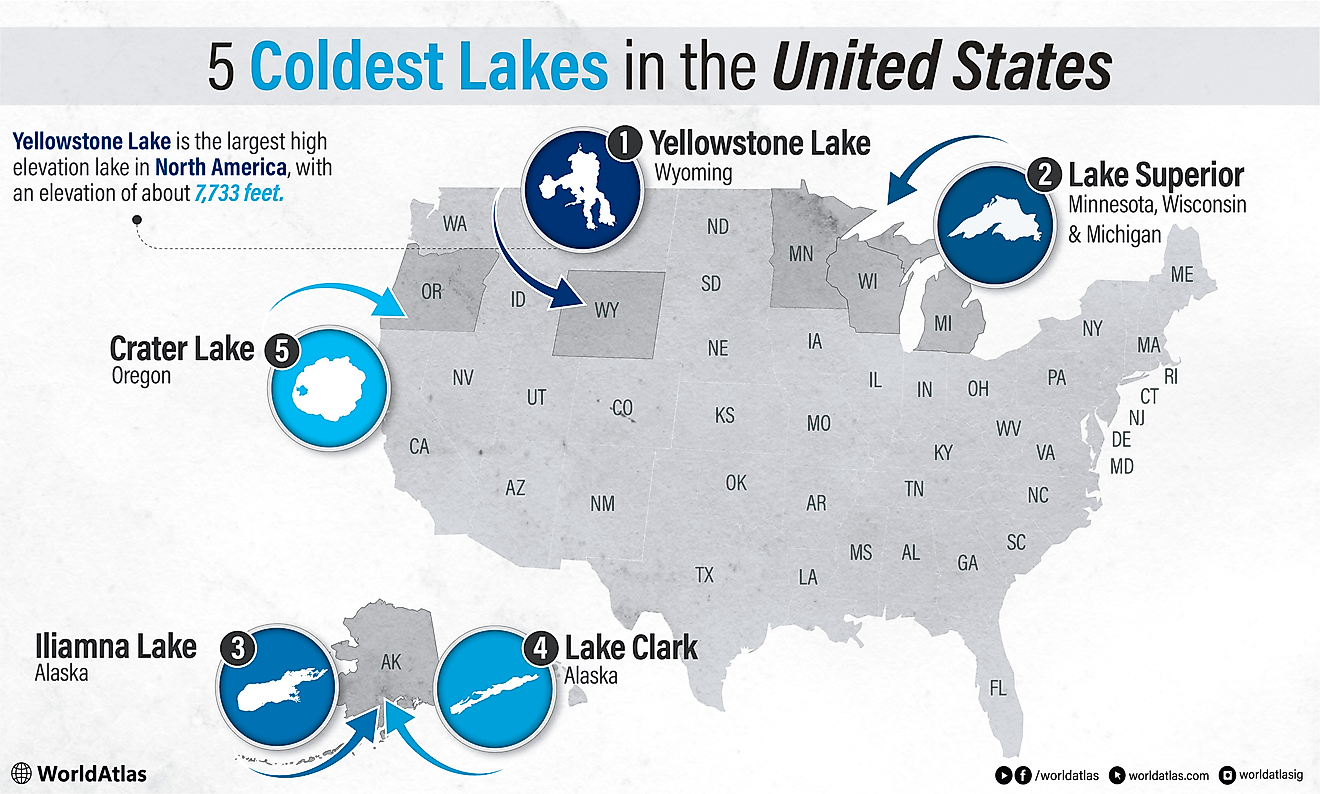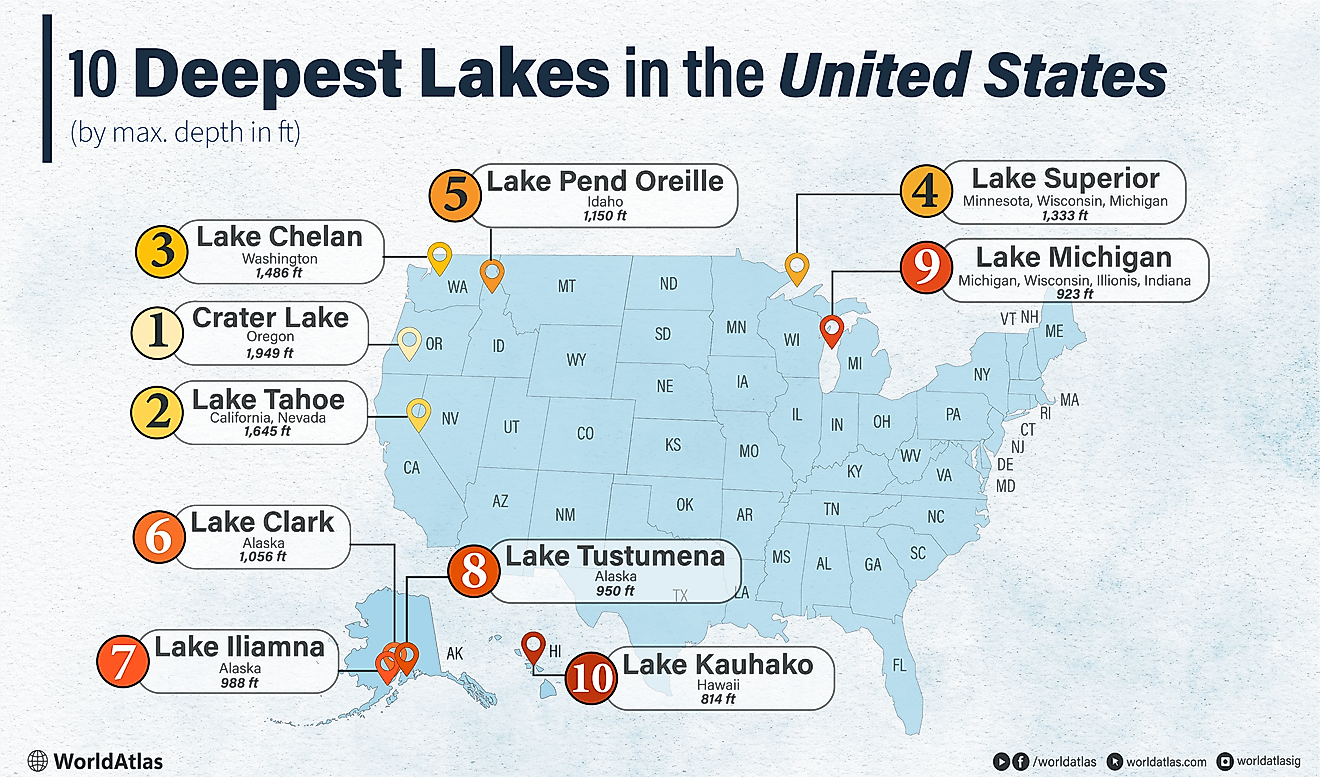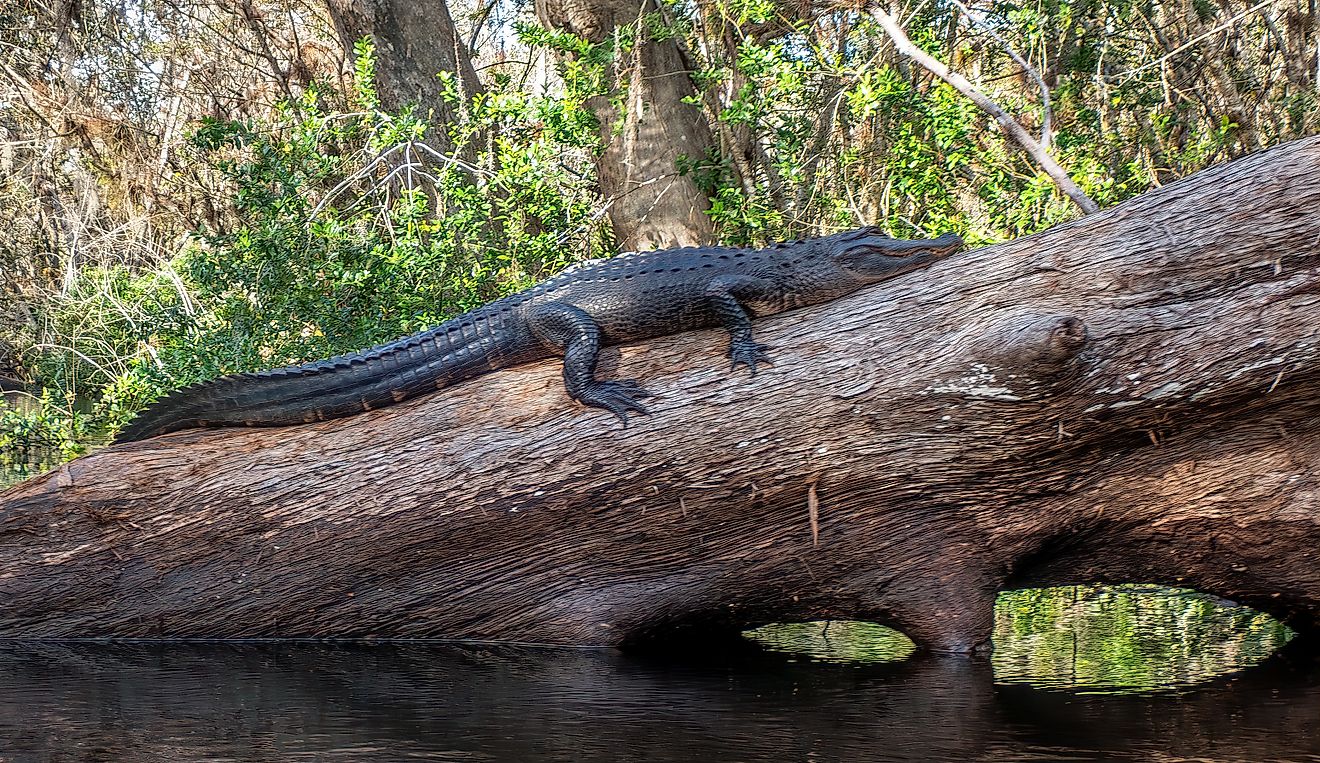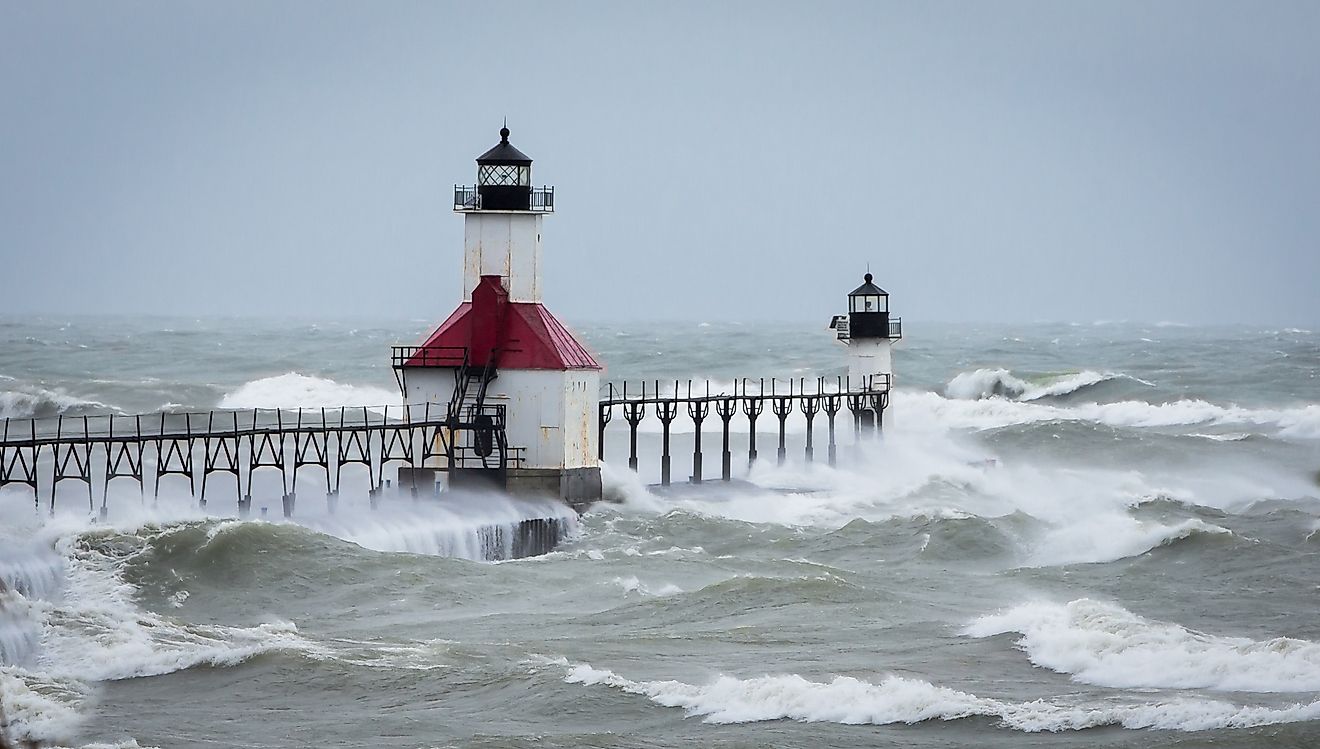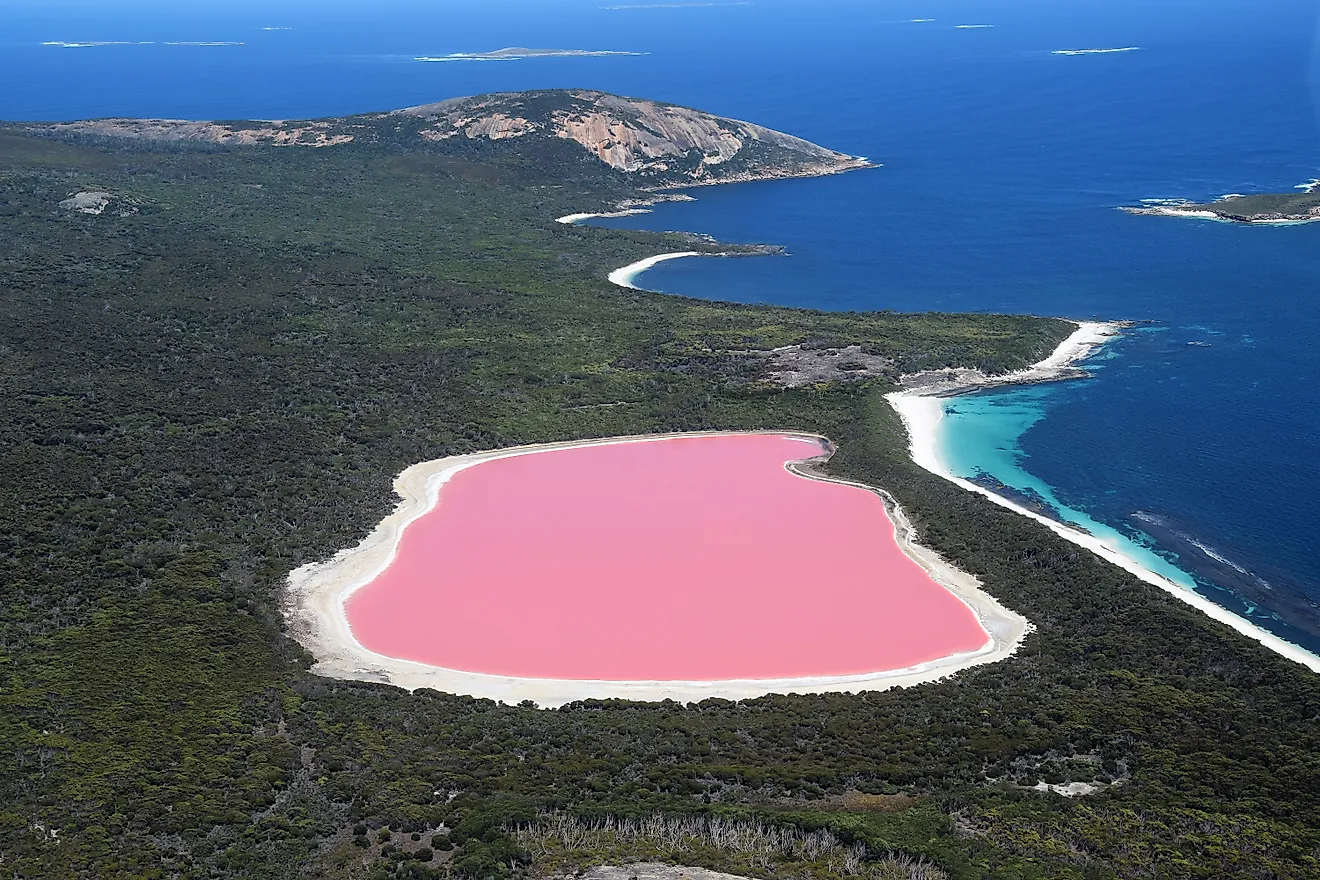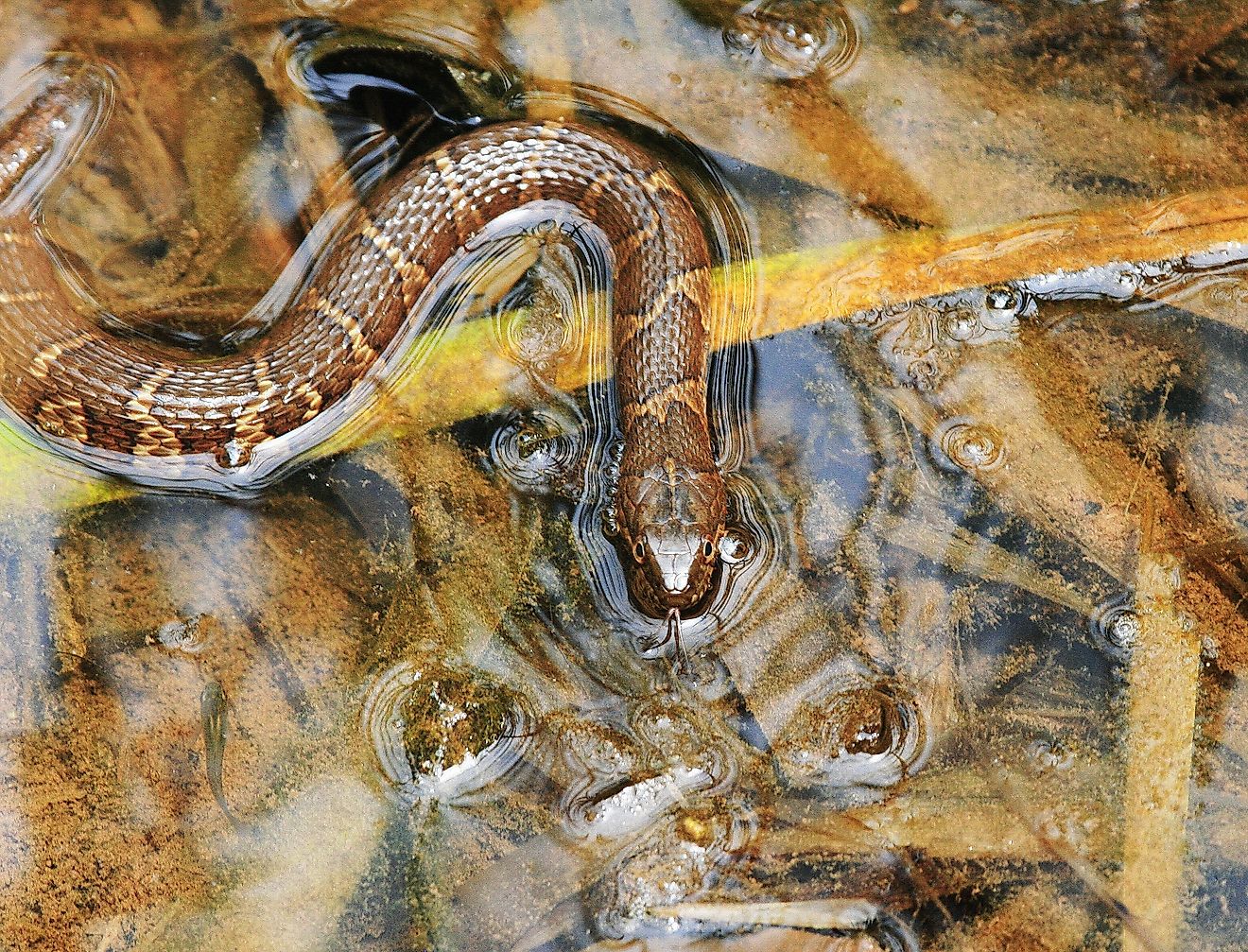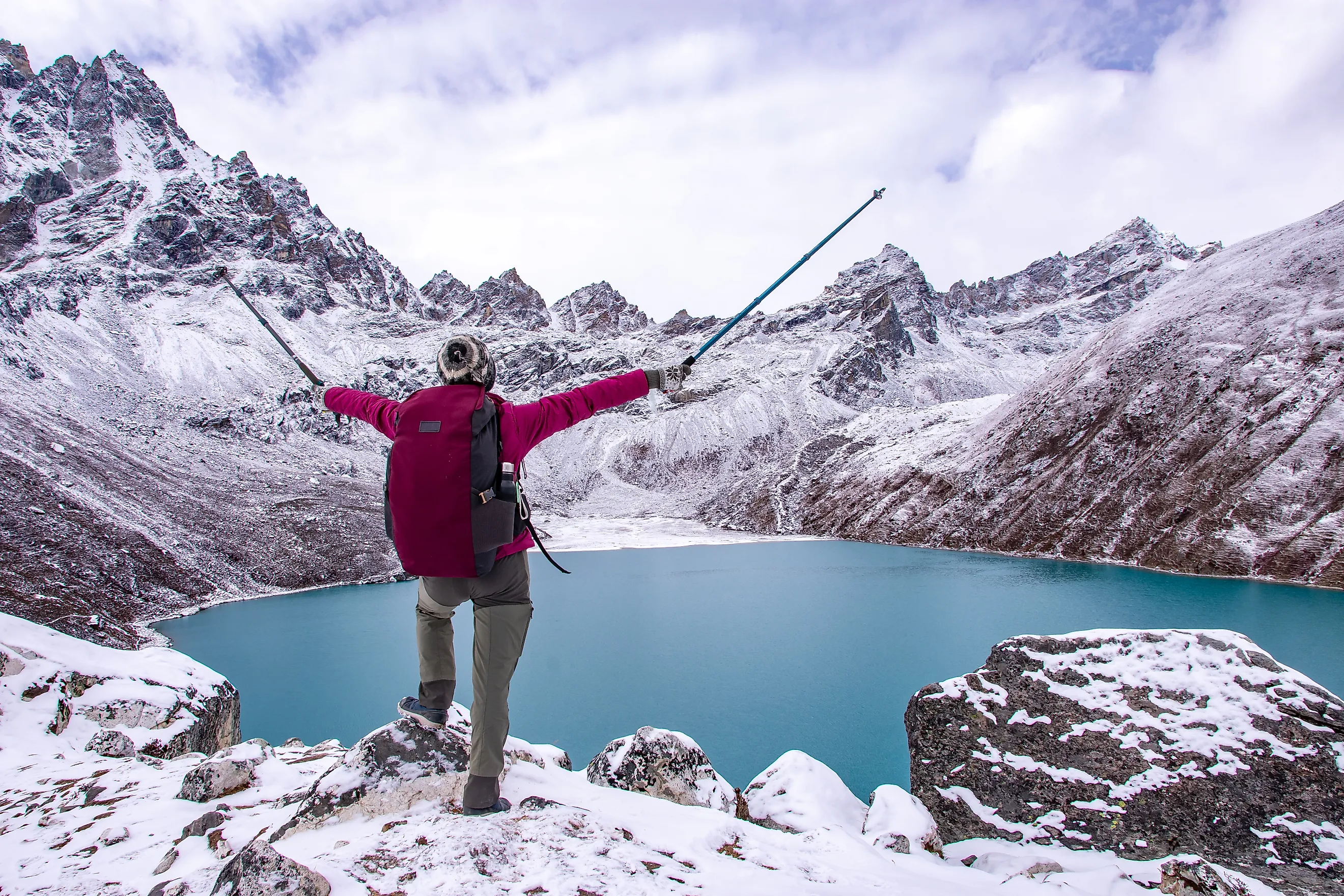
How Glacial Lakes Form
Glacial lakes originate from glaciers or glacial activity. They are usually formed when glacial meltwater accumulates in depressions created by glacial action and the outflow of glacial meltwater is controlled by natural dams, such as moraines, ice, or the bedrock itself. Today, the world is dotted by around 14,394 glacial lakes, encompassing an area of approximately 9,000 square kilometers of the Earth’s surface. Such lakes serve as an important freshwater resource for communities based around them.
Worldwide, an increase in the number of glacial lakes has been noticed, and climate change is a major factor driving this change. Between 1990 and 2018, the number of glacial lakes increased by 53%, equalling an increase of 51% in the total area of glacial lakes. The primary concern with expanding glacial lakes is the risk of glacial lake outburst floods (GLOF).
How Do Glacial Lakes Form?
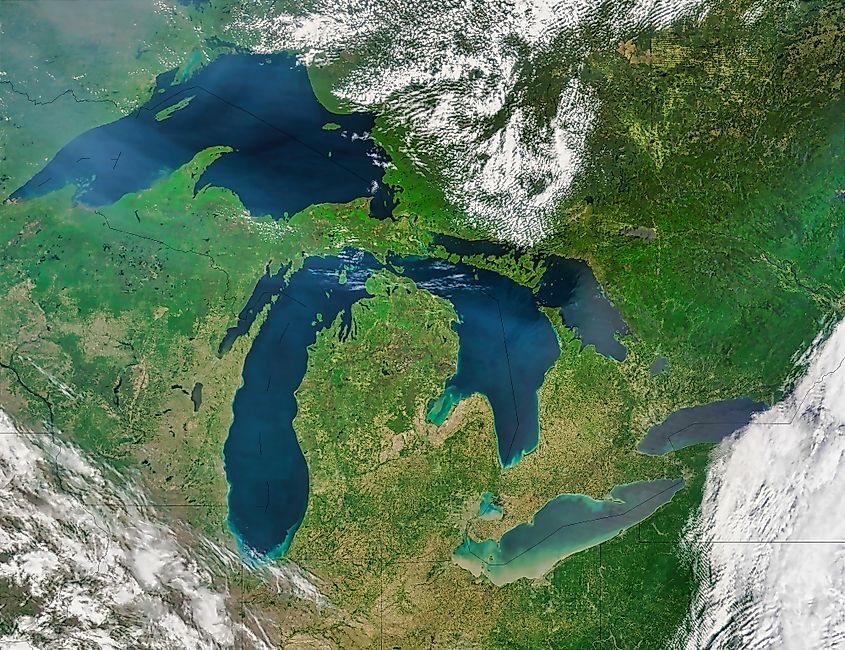
Glacial lakes do not form overnight. A glacier is a powerful force that erodes the land beneath it. As such, it can carve out valleys and leave depressions behind as it retreats. As a glacier continues to move, it scours the underlying bedrock via abrasion. It also transports and deposits sediment, typically in the form of moraines or drumlins.
As the glacier retreats and melts, the meltwater stays behind in these depressions and valleys. Eventually, enough water accumulates to form a lake. The rate at which the glacier produces meltwater directly affects the shape and size of the lake. The amount of meltwater also affects the chemistry and quality of the lake water.
It is not uncommon for glacial lakes to have irregular shapes due to the processes that preceded their formation. Moraines, drumlins, and eskers influence the sedimentation and morphology patterns of these lakes. And they often have steep bathymetry, with deep water existing close to the shore.
Types of Glacial Lakes
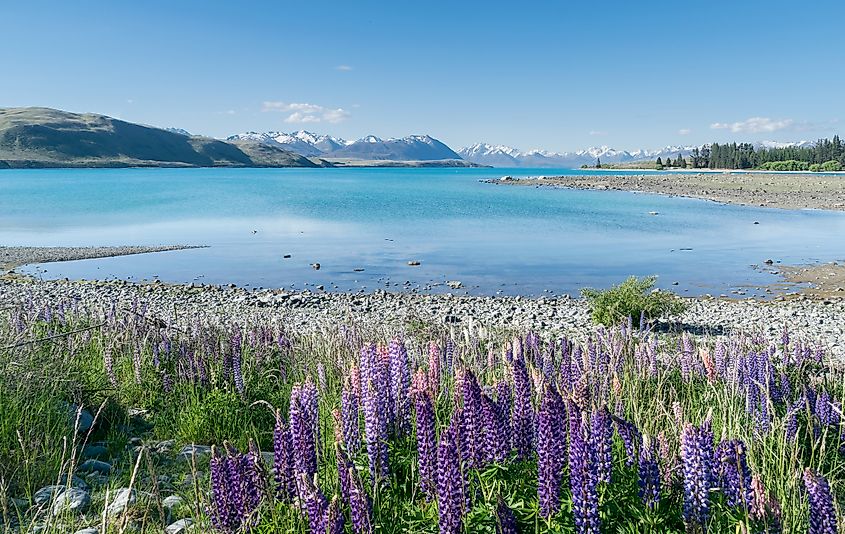
Glacial retreat results in different types of glacial lakes. The major types:
Moraine-dammed lakes: As the name suggests, these lakes are formed between a glacier and a moraine ridge. The moraine acts as a dam, checking the lake's drainage. They may be of three types: end-moraine, later moraine, and other moraine-dammed lakes. Such lakes are the second most common type in the world and are highly vulnerable to failing and triggering a GLOF event. Examples include Flathead Lake in Montana, US and Lake Zurich in Switzerland.
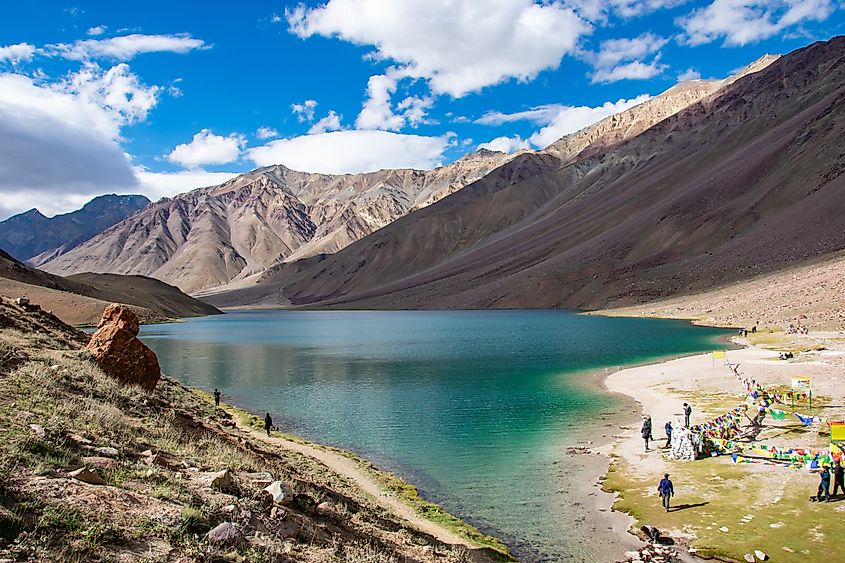
Bedrock dammed lakes: These lakes form after glacial erosion and retreat as water accumulates in depressions left behind by the retreating glacier. A bedrock-dammed lake can also be a cirque lake, essentially a pond occupying a cirque or bowl-shaped depression carved out by a glacier. The Chandra Taal Lake in India is one such lake.
Ice-dammed lakes: An ice-dammed lake is formed when a river or a glacier's meltwater are dammed by glacier ice. Such lakes may be supraglacial in nature where they are formed on the surface of a glacier. Such lakes can also be dammed by a tributary glacier and are formed at a glacier's side between the glacier and the valley wall. Lake Merzbacher in Kyrgyzstan is an example of such a lake.
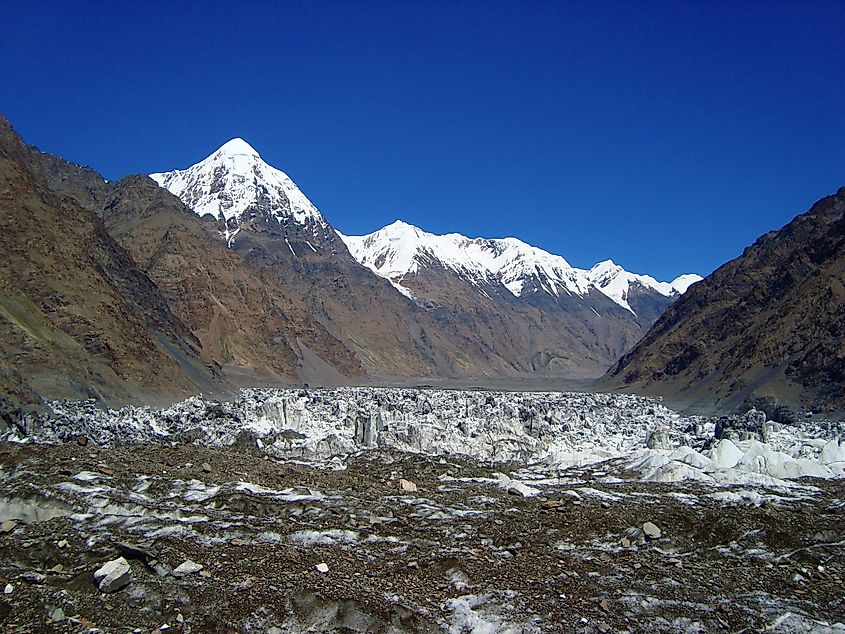
Other Glacial Lakes: Such lakes are formed when the damming material that holds the lakewater is not a direct result of glacial action but can come from landslides, avalanches, etc. Such lakes form in a glaciated valley and are fed by glacial meltwater.
Factors That Influence Glacial Lake Formation
The formation and characteristics of glacial lakes primarily depend on three natural conditions: geology, climate, and topography.
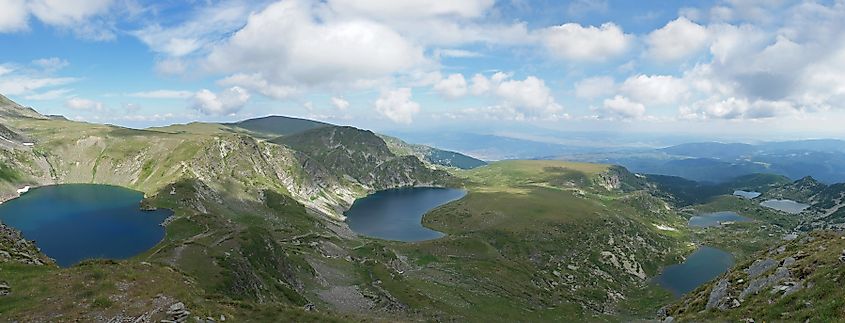
Geology
The type and structure of the rock beneath a glacier affect how easily the land can be eroded. For instance, softer rocks, such as shale and limestone, are more easily worn away as a glacier retreats. As glaciers grind over these rocks, they erode quickly, creating deep depressions. In contrast, rocks like granite resist erosion, so glaciers move more slowly across the surface. The resulting terrain after retreating is often more rugged with fewer deep basins.
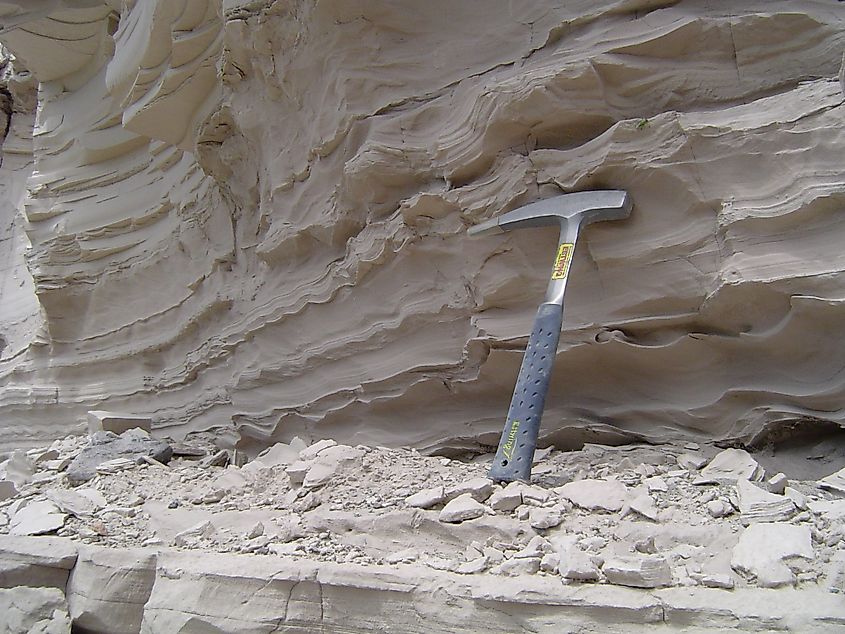
Moreover, geological features such as fault lines and folds can also guide a glacier’s path. Glaciers naturally go with the path of least resistance, so faults and folds create natural lines of weakness. This directs where a glacier travels and where erosion is concentrated.
Climate
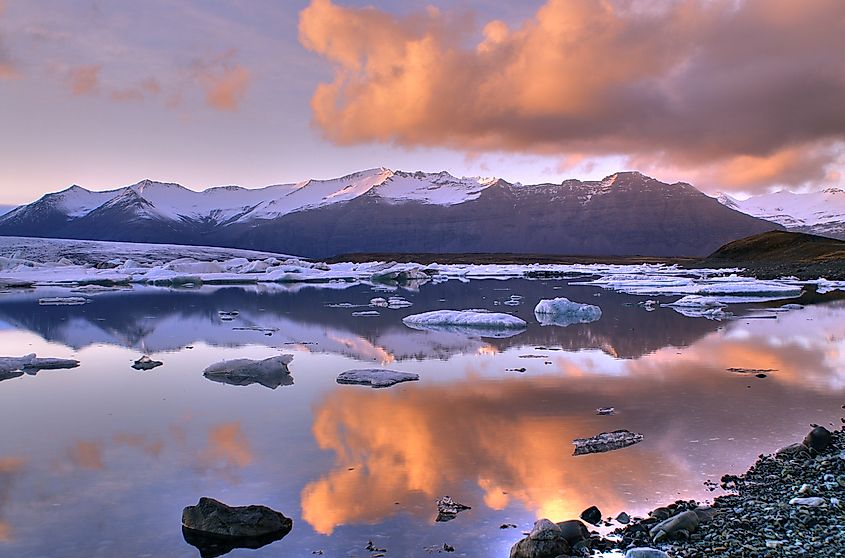
Glaciers are very sensitive to air temperature. As the climate warms, glaciers melt faster. More and more of them retreat, exposing land below and leaving behind water that forms new lakes.
Topography
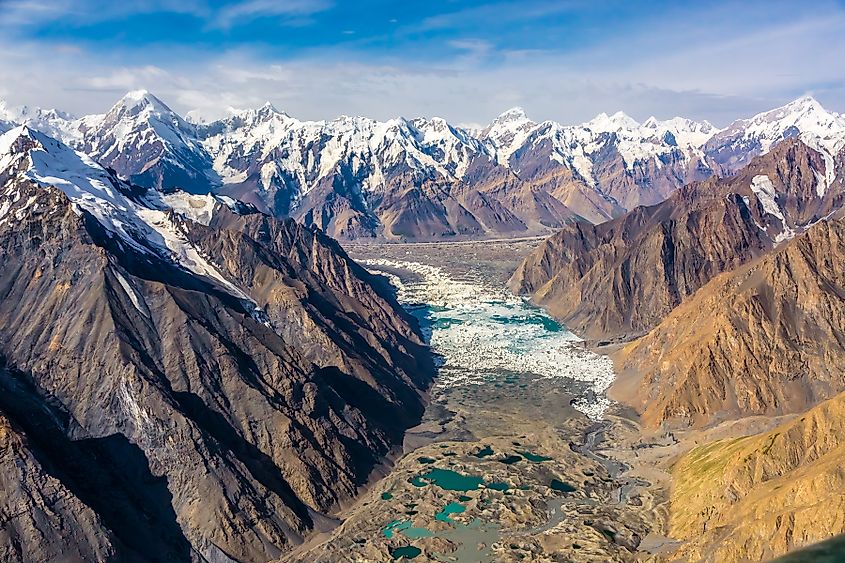
In high mountain areas, glaciers typically form in bowl-shaped depressions, resulting in the aforementioned cirques. When meltwater fills them, they become cirque lakes or tarns. When glaciers deposit more debris (moraines) in flat-bottomed valleys, they create the opportunity for moraine-dammed lake formation. This is because the moraines act as natural dams when trapping the meltwater. In flatter areas, melting ice blocks buried in sediment can also form kettle lakes. The angle or slope of the land influences how water collects and flows. Steeper terrain favors the formation of deep, narrow lakes. Gentler slopes typically result in broader and shallower basins. Folds or tilted layers in the underlying rock structure often create steplike patterns in the valley floor. This results in paternoster lakes, which are a series of small lakes connected by streams.
Why Glacial Lakes Matter
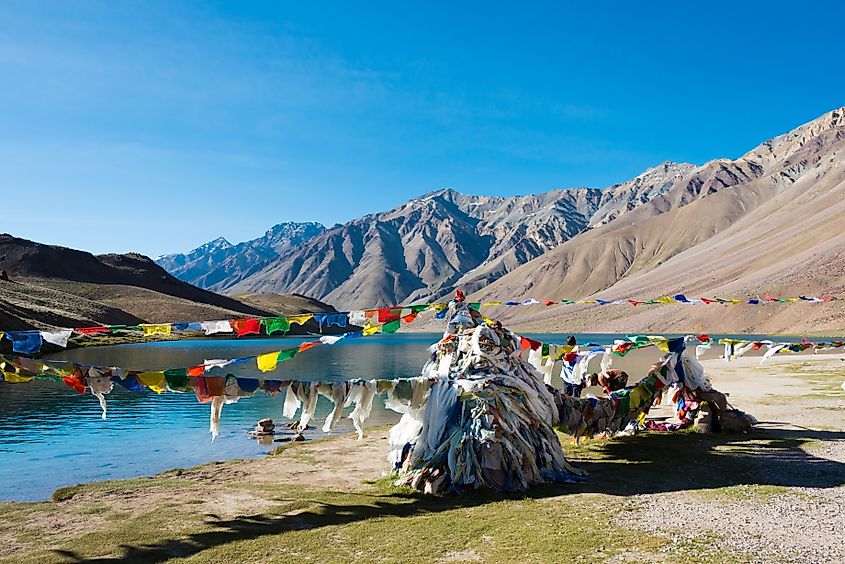
Glacial lakes help record climate change and provide fresh water for communities. Although they usually do not support rich biodiversity due to the cold water temperatures, older lakes may have a more diverse species collection as a result of the inflow of water from rivers connected over time.
Glacial lakes can also pose a sudden threat, which means they must be actively monitored. Glacial lakes capture meltwater throughout the different seasons. They release this water slowly, as communities draw from them. Most glacial lake waters are used for drinking, hydropower, and irrigation. For instance, Andes and Himalayan farmers draw water from moraine-dammed lakes during dry spells to keep growing food or run micro-hydro systems. Unfortunately, the glaciers forming these lakes will continue to recede, which may result in these water sources drying up.
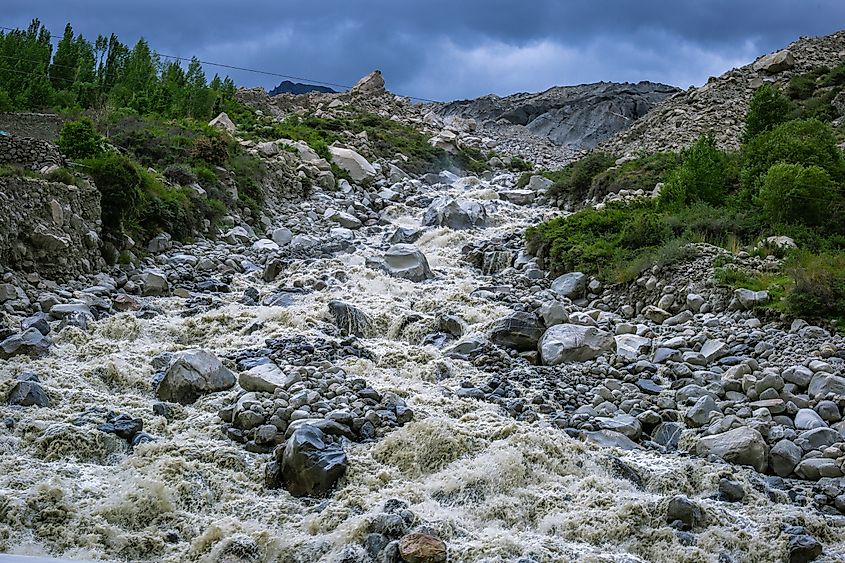
As mentioned, some lakes also sit behind unstable ice, and if they fail, the result will be a GLOF. Fifteen million people worldwide live within GLOF danger zones, with half of them residing in China, Pakistan, Peru, and India.
Moraine-dammed basins continue to form as glaciers retreat due to climate change. While not all of the lakes that settle in these basins are dangerous, growing volumes, weak dams, and unexpected triggers make the situation volatile. Engineers are actively taking steps to reduce these risks, but some danger remains.
Glacial lakes are more than the result of retreating glaciers. They reflect the Earth’s climate history and ongoing present-day changes. Glaciers will not stop retreating at the current pace; if anything, the melting process will likely speed up. It is critical to act on this knowledge now, to plan, monitor, and adapt, ensuring that glacial lakes remain assets and do not become liabilities in the future.


